General To Lam, Minister of Public Security, emphasized this when providing additional information to National Assembly delegates at the group discussion on the draft Law on Citizen Identification (amended) on June 10.
There are millions of people without any identification documents.
General To Lam, Minister of Public Security, said that the contributions of National Assembly deputies are very important in perfecting this draft law.
The goal of law making is to continue to facilitate people and businesses, protect people, and ensure that no one's privacy or personal data is violated.
Currently, the police at all levels and localities are still making ID cards for people. According to the population census, there are many people without papers, without ID cards, without household registration. "This is a very sad number," said Minister To Lam .
Minister To Lam said: Up to now, we have said that the management system is very strict from the central to local levels, but many people have been left behind, the number is up to millions of people, especially in remote areas.
“There are people who have never left their homes, their villages, their hamlets, mainly the disadvantaged, the elderly without support, the sick, the disabled. They just stay in their homes, have no need to connect socially, have never been anywhere, have never had their photos taken. There are old people who come to have their photos taken for their citizen identification cards, they say I am 70 years old, have never had a photo taken. Those are real stories when going to remote areas,” said Minister To Lam.
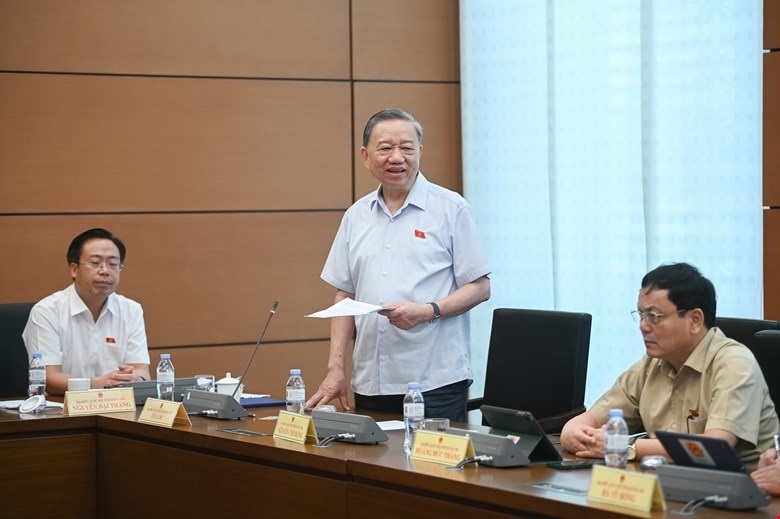 |
| General To Lam, Minister of Public Security: Millions of people do not have any identification documents. |
According to Minister To Lam, right in Hanoi and Ho Chi Minh City, there are hundreds of thousands of people without any documents. They are people from many regions across the country who have come to big cities for life, to make a living for decades now. From a shoe shiner boy, growing up in Hanoi, street vendors, hired workers, hired workers. They also develop, have families, have children. The children are born with their parents, without a household registration, without documents, and cannot go to school. How can a child without a birth certificate go to school? When they grow up, they continue to shine shoes, entering such a difficult life.
“If we do not manage and facilitate them, it will be very inappropriate. The Covid-19 pandemic has exposed that. During the pandemic, we say “stay where you are”, but these people themselves do not have a fixed place to live,” said Minister To Lam.
Is using an ID card tracked?
Regarding the reason for changing the name from the Citizen Identification Law to the Identification Law, Minister To Lam said that the name change is to ensure more accuracy and comprehensiveness. The ID card is not a citizen certificate. There are cases where citizenship is revoked but still has identity card and owns property. Therefore, calling it citizen identification card would be incorrect.
The purpose of using an identity card is to identify basic information such as "who are you", name, origin...; using an identity card to carry out transactions and administrative procedures.
Providing more information about the process of making citizen identification cards for people and building a national database on population, Minister To Lam said that 19/63 provinces have completed the issuance of identification cards, reaching a rate of 100%. Although the implementation process is not without errors, the database system will be updated regularly, ensuring the spirit of "correct, sufficient, clean, alive", meaning continuous updating. In case any commune does not update when checking, it is not allowed, updating is to control the activities of the base, there are always frequent and continuous fluctuations.
Regarding the benefits of building a national population database system, Minister To Lam said that in the future, there will be no need to conduct a population census, saving the State 1,500 billion VND. The cost of building the system is about 3,000 billion VND, but the great benefit is connecting with other sectors and serving the people in many administrative procedures, with the savings being hundreds of thousands of billion VND.
Accordingly, the ID card will be integrated with health insurance, driver's license, certificate production, health insurance card printing, photocopying, notarization... all of which bring great benefits. For example, the ID card will be integrated with health insurance books, health examination books, to know the health status of the people, help calculate how many doctors are needed in each locality, the health system, prevent health insurance fraud...
Minister To Lam added that the ID card has improved due to the application of new technology. Holding an ID card in his hand, Minister To Lam said that the code on the card can be used for both domestic and international flights, and in the future, there will be no need to use a passport. People only need a visa and swipe their ID card to be able to travel.
"The current citizen identification card that Vietnam uses is one of the few countries that integrates QR codes with a lot of information. The Ministry of Public Security is also considering applying biotechnology to management to avoid cases of people having cosmetic surgery, changing their identity or not having fingerprints," Minister To Lam affirmed.
Minister To Lam also rejected the view that people using this card will be tracked, because the card has no waves or signals, so it cannot have a "tracking" function.
Minister To Lam also affirmed that the identification code on the issued card is permanent, the issuance of new cards is the responsibility of state agencies, but with reissued or exchanged cards, people will have to pay costs to increase responsibility for preserving and maintaining the card. The use of ID cards will also be clearly regulated, no agency or unit will have the right to keep people's cards, but only use the information in the ID, except for police agencies serving investigations.
NGUYEN THAO
Source




![[Photo] Unique architecture of the deepest metro station in France](https://vphoto.vietnam.vn/thumb/1200x675/vietnam/resource/IMAGE/2025/11/14/1763107592365_ga-sau-nhat-nuoc-phap-duy-1-6403-jpg.webp)


![[Photo] Unique art of painting Tuong masks](https://vphoto.vietnam.vn/thumb/1200x675/vietnam/resource/IMAGE/2025/11/14/1763094089301_ndo_br_1-jpg.webp)
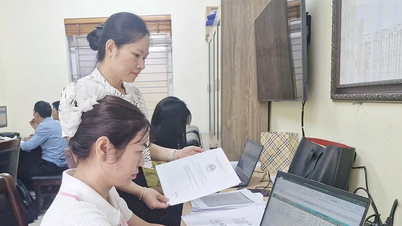



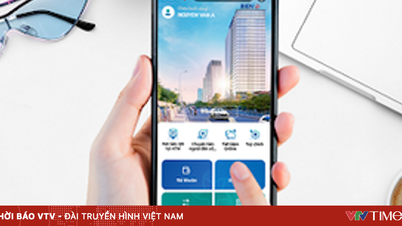



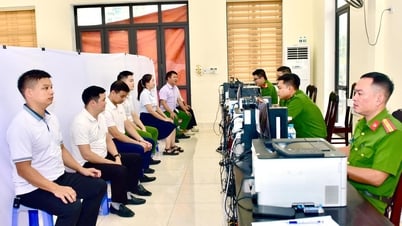

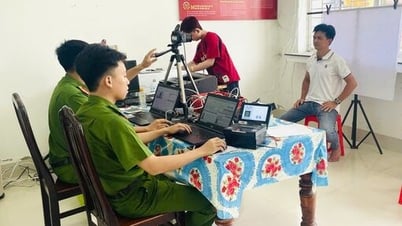

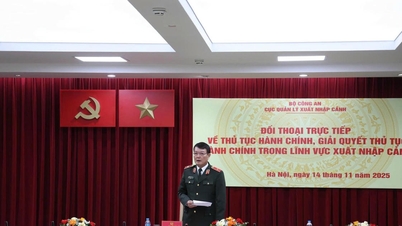

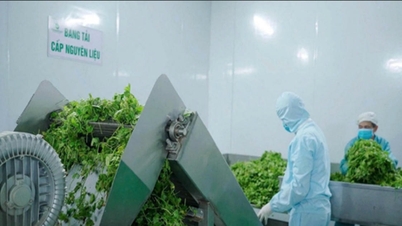
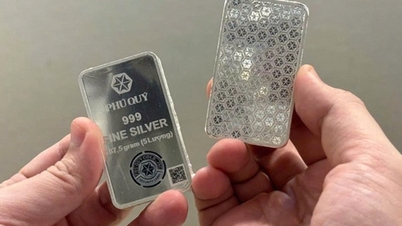











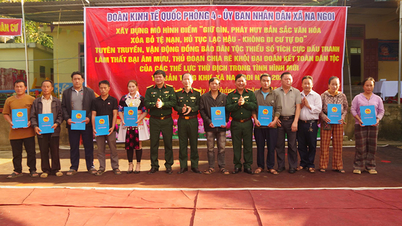
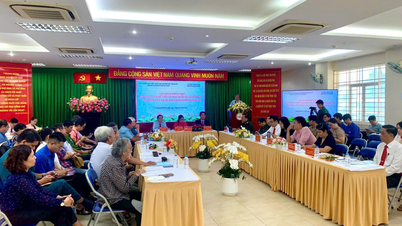

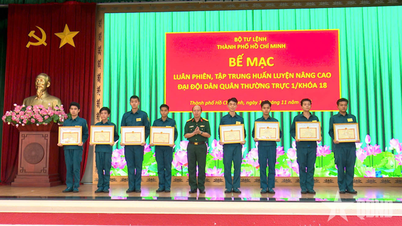
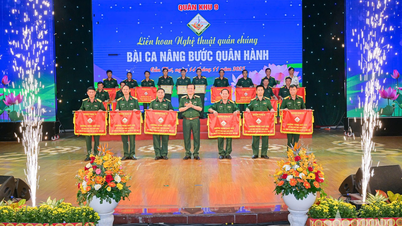
![[Photo] Special class in Tra Linh](https://vphoto.vietnam.vn/thumb/1200x675/vietnam/resource/IMAGE/2025/11/14/1763078485441_ndo_br_lop-hoc-7-jpg.webp)












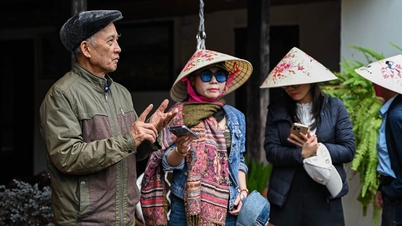





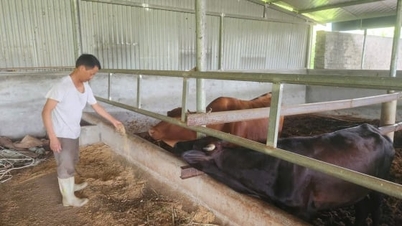

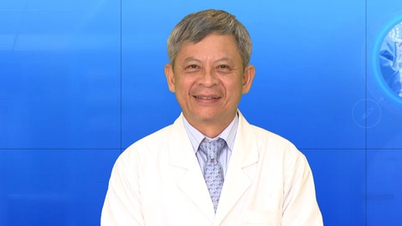
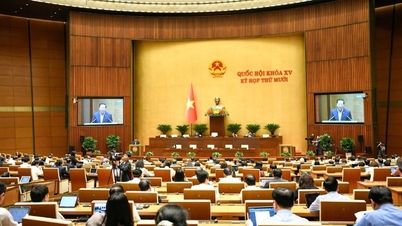






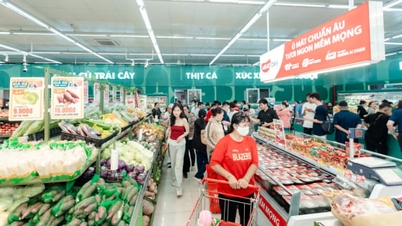




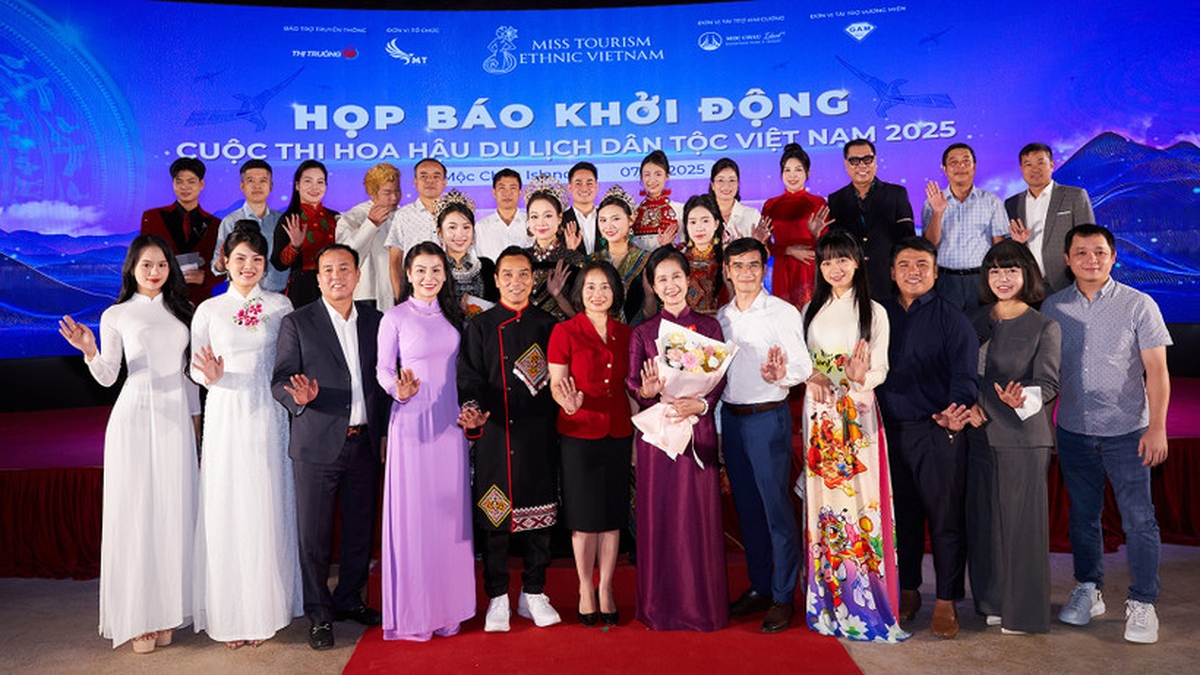






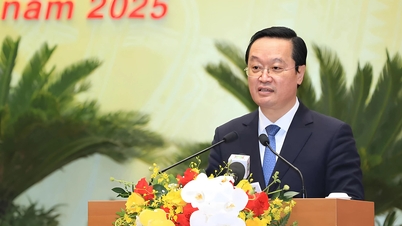


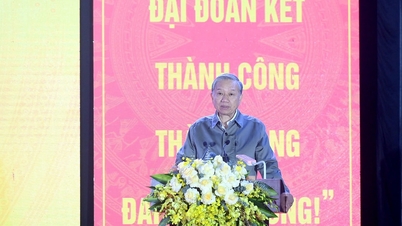



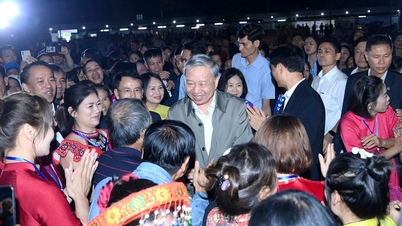
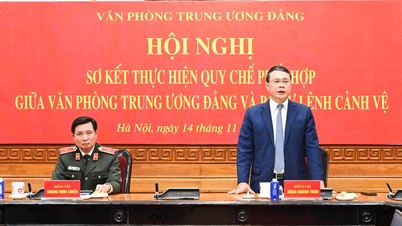




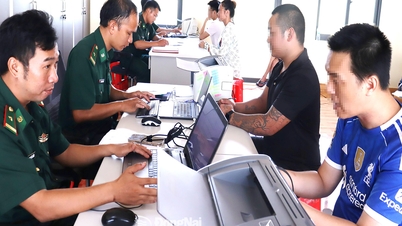

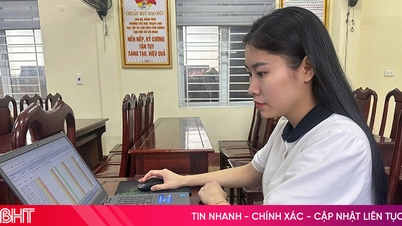
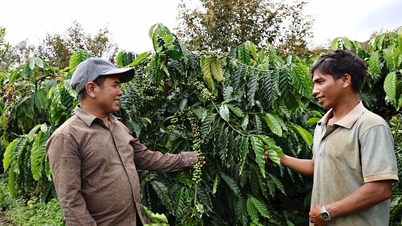


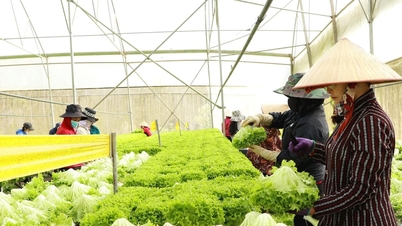



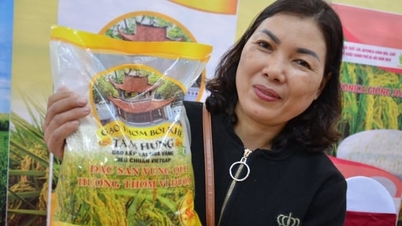
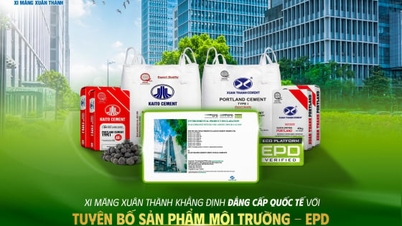
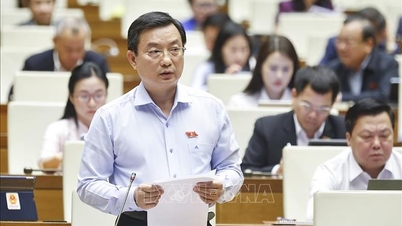






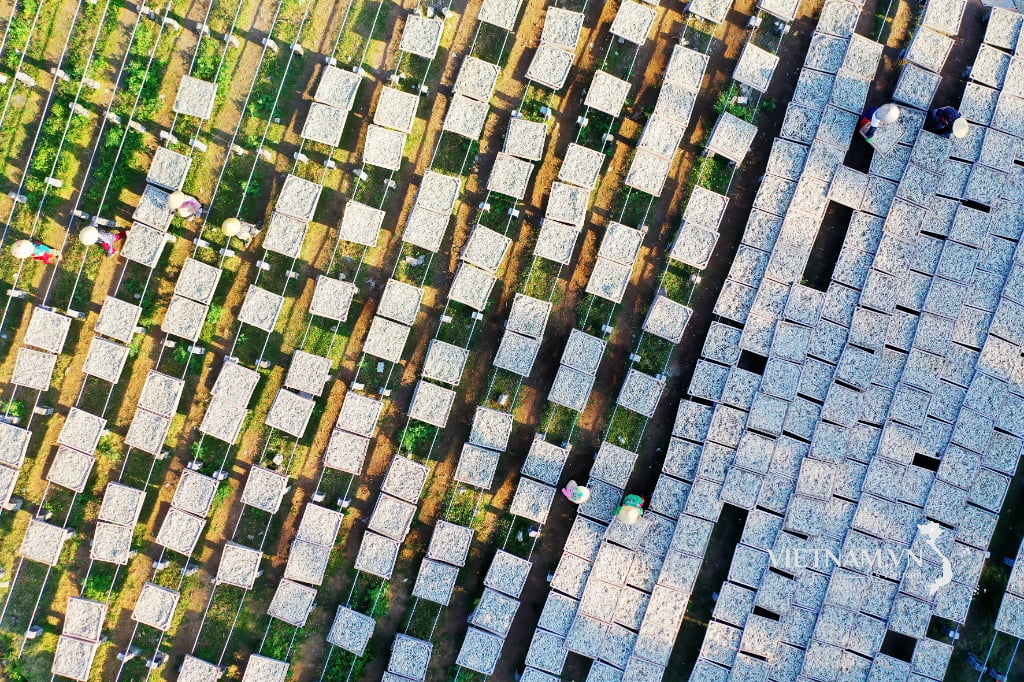
Comment (0)